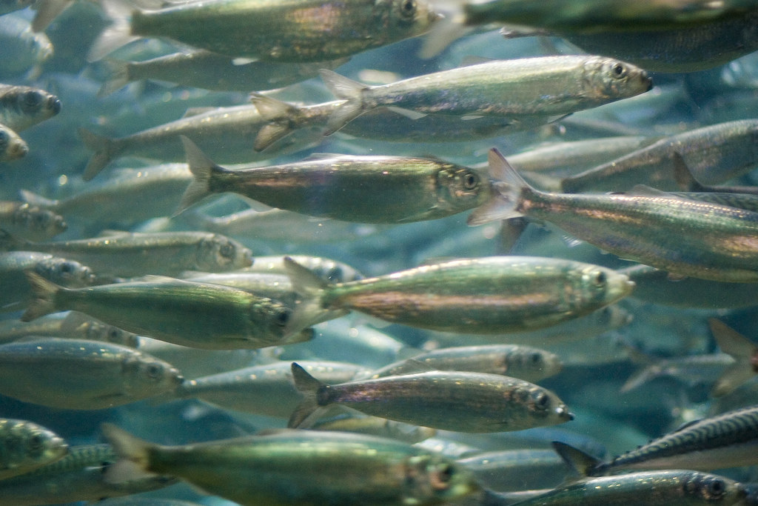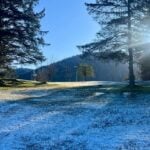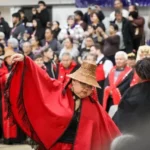In November 2024, six WSÁNEĆ chiefs called for an immediate moratorium on herring fishing, emphasizing the species’ critical role in supporting Chinook salmon, orcas, and other marine life.
“Industry doesn’t understand what our people know: you must only take what you need,” said SXÁLIYE (Vernon Harry), a Tsawout hereditary chief who signed the declaration.
The 2025 quota allows for the catch of over 10,850 metric tonnes of herring in the SOG and an additional 2,624 metric tonnes in the Prince Rupert District, sparking criticism from those who believe DFO is prioritizing short-term industry interests over the long-term health of British Columbia’s marine food web and economy.
Decline and Opposition
WSÁNEĆ hereditary chiefs view the move as reckless and irresponsible. Six chiefs previously called for a complete moratorium on the fishery in November 2024, citing herring’s crucial role in sustaining Pacific salmon, orcas, seabirds, and other marine life.
“We are deeply frustrated,” said Tsawout Hereditary Chief Eric Pelkey (WIĆKINEM). “How can DFO justify increasing herring harvests while stocks are in steep decline in our territories?”
The Strait of Georgia is now one of only two of the five major spawning grounds still open to commercial herring fishing in BC. The three regions of Haida Gwaii, Central Coast, and West Coast Vancouver Island are all closed for the herring roe kill fishery due to low herring returns, while the Prince Rupert District is open for a relatively small herring roe kill fishery.
In their moratorium request, WSÁNEĆ chiefs pointed out that DFO admitted that herring populations in the Salish Sea declined by 60% between 2016 and 2020.
In response to the moratorium request, the BC Seafood Alliance and other commercial fishing spokespeople said herring numbers only look low, because the fish move around and spawn in different places.
However, WIĆKINEM disputed this: “The notion that the herring just migrate all around the territories is really misguided… [Herring] come back to the same place. They come back in groups, and they’re like families.”
He also disagreed with the argument that the quota can be increased because herring populations have been recovering in recent years. While his community does see juveniles, or fingerlings, trying to establish in the area, “the problem is, as soon as those fingerlings grow up to be really healthy adult herring, they open it up commercially again and clean them right out again.”
Fisheries experts, coastal communities, and scientists have grappled with DFO over its decision to increase the herring quota before. Five years ago, DFO also increased the quota from the previous year, leading to criticism from organizations like Pacific Wild but also from marine industry professionals like Colin Griffinson, a captain at Pacific Yellowfin Luxury Adventure Charters.
“I have witnessed the collapse of herring in the North Atlantic, and the result will be the same in BC, unless Canada does more to protect these fragile stocks. As a marine tourism operator, my livelihood and that of countless others directly depends on the health of herring,” he said.
Why Herring is Vital to BC’s Coastal Economy and Ecosystems
Numerous studies have shown that herring is a keystone species, meaning its decline directly impacts the entire marine food web. It is a primary food source for Chinook salmon, which in turn are essential for endangered Southern Resident orcas; humpback and killer whales, which rely on herring during key feeding seasons; and seabirds and marine mammals, such as seals and sea lions, which depend on seasonal herring spawning events.
Beyond its ecological role, herring is also an economic engine for British Columbia’s marine tourism sector. The $1.2 billion marine-based tourism industry, which includes fishing lodges, wildlife charters, and whale watching, is dependent on thriving marine food web, with herring at its foundation.





